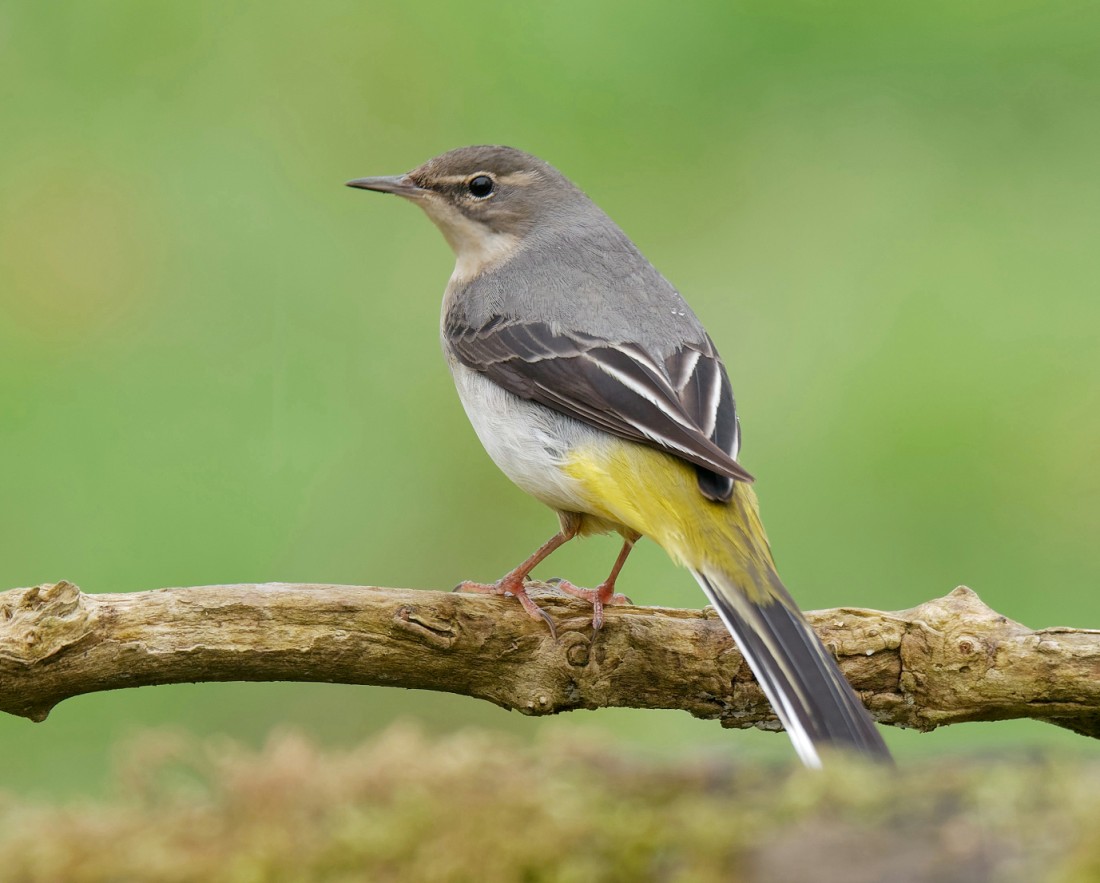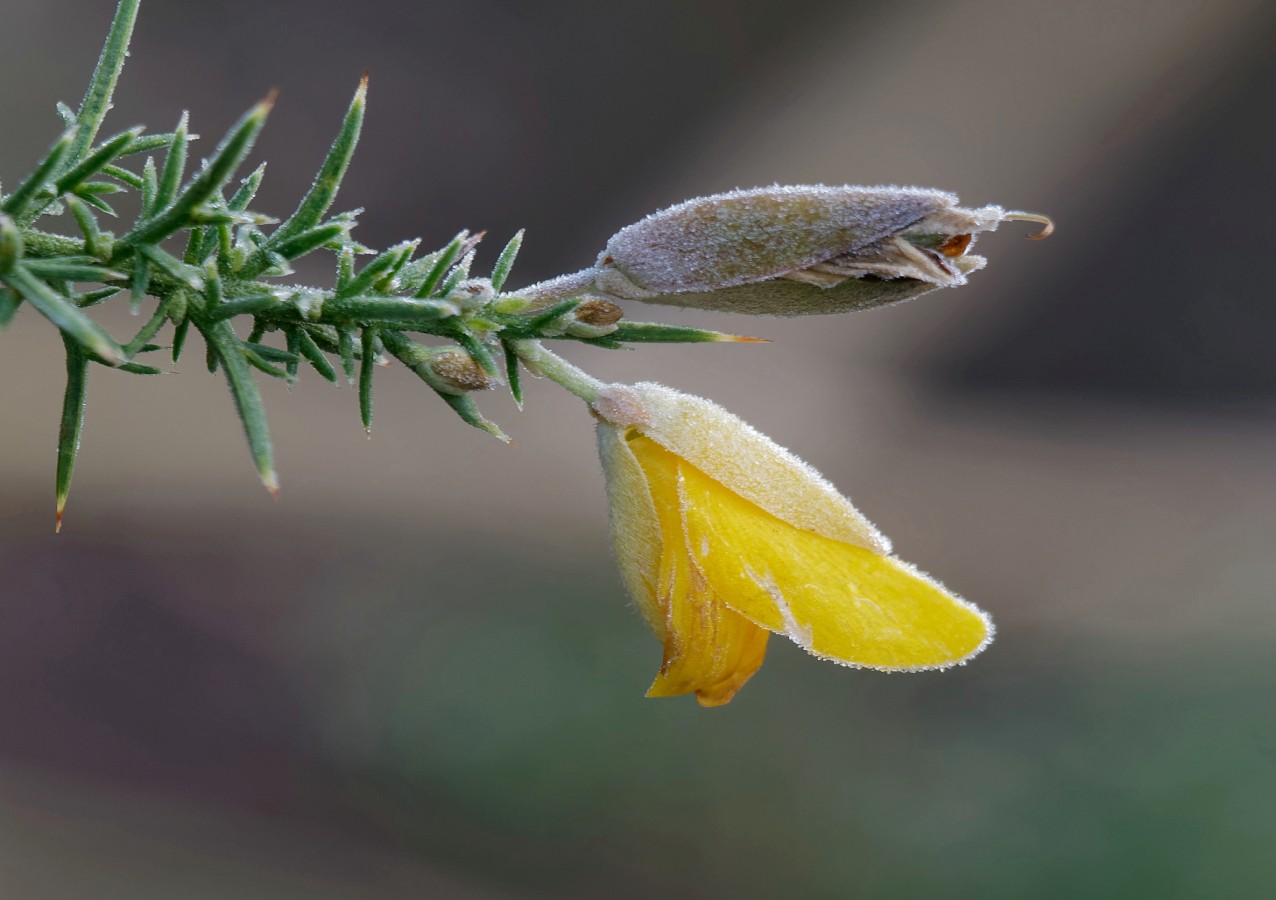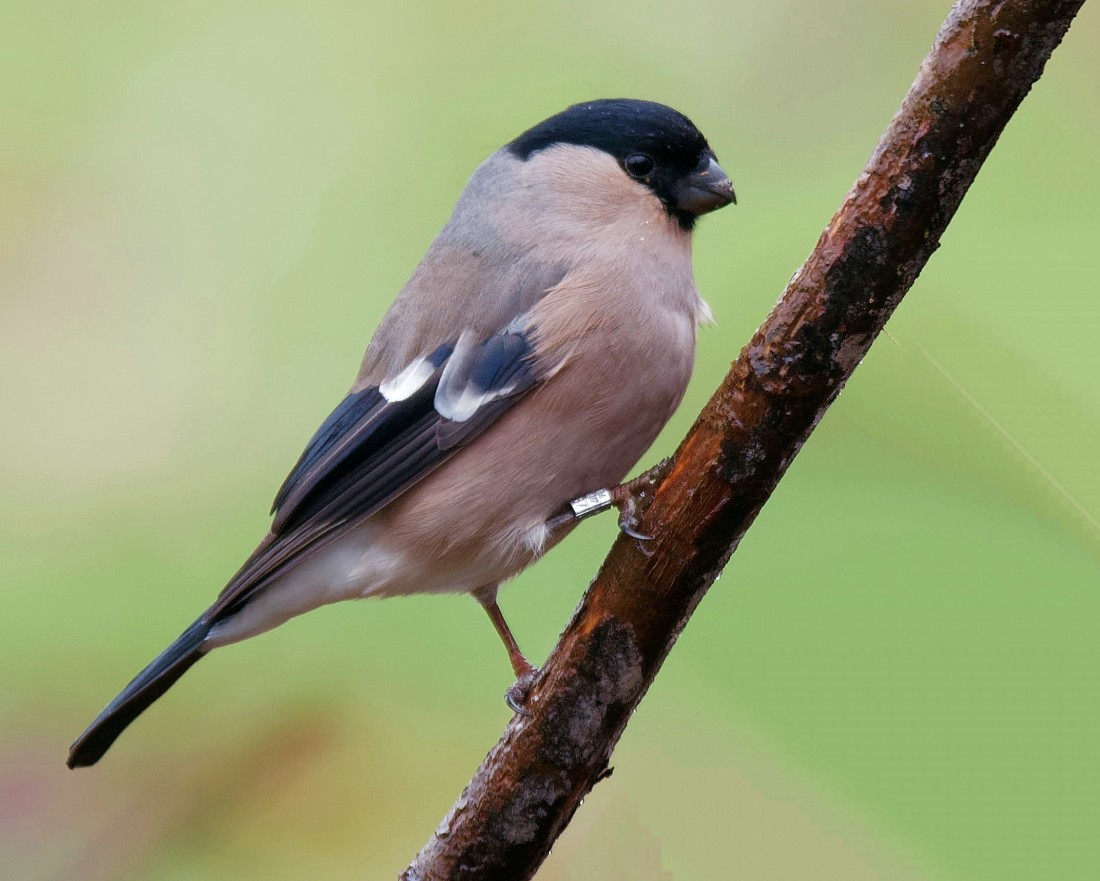Woolston Eyes Monthly Sightings
2021-01-30
An icy, easterly wind was blowing on No.3 bed, at dawn this morning, as a Marsh Harrier flushed 60,000 Starlings from their overnight roost. Out on the water 47 Pochard, 70 Tufted Ducks and 220 Teal were feeding actively, while 36 Snipe flew in from the west, presumably having been feeding overnight on the new No.4 bed wetland. As it’s the weekend of the RSPB Big Garden Birdwatch, I thought it would be interesting to do a similar “maximum at any one time” count of the birds using the Morgan Hide feeding station. The results were: 1 Water Rail, 2 Willow Tits, 1 Coal Tit, 2 Stock Doves, 8 Woodpigeons, 6 Pheasants, 14 Moorhens, 2 Great Spotted Woodpeckers, 3 Magpies, 2 Carrion Crows, 5 Reed Buntings, 14 Bullfinches, 5 Goldfinches, 100 Greenfinches, 45 Chaffinches, 8 Great Tits, 11 Blue Tits, 2 Blackbirds, 5 Robins, 4 Dunnocks and 7 Long-tailed Tits……and this is just one of four such feeding stations we keep stocked throughout the year! Out of interest, here’s a link to a short video showing the feeding station during the recent snowy conditions. It also shows (in slow-motion) the tail end of this morning’s departing Starling flock.
To watch David’s video CLICK HERE….. or simply copy and paste the following link into your browser https://youtu.be/PkVmJKZ0lhY
Photo of a Coot Cheers David (with Helen Wynn)
Submitted by: David Bowman
2021-01-26
Female Marsh Harrier on No.3 bed this morning, while a Grey Wagtail was an unexpected visitor to the Hogg Hide feeding station (see photo!) Cheers David
Submitted by: David Bowman
2021-01-23
Conditions this morning at Woolston Eyes moved from a blizzard-like dawn to bright sunshine by lunchtime. The abiding memory will be of the 60,000 Starlings rising out of their overnight roost with a deafening whir of wings. Out on the water, 41 Pochard, 3 Wigeon and 150 Teal were braving the conditions, while masses of finches, including at least 14 Bullfinches, were squabbling over access to the Morgan Hide feeding station. Several Sparrowhawks were attracted by the density of potential prey, including the juvenile male which still hasn’t learned that sitting just above the feeders isn’t the best way of ambushing a wary finch. Other sightings of note included two skeins of Pink-footed Geese, totalling 550, and 8 Snipe which dropped in. Photo of a juvenile Mute Swan Cheers David
Submitted by: David Bowman
2021-01-22
Yesterday at Woolston Eyes, the main aim was to assess the numbers of Starlings roosting in No.3 bed. Diving duck numbers continue to rise, with 39 Pochard out on the lagoon with the Tufted Duck flock. The cold spell also brought in 25 Lesser Redpolls, feeding in Alders, while a splash of colour came with the 14 Bullfinches (9 males) picking up fallen seed under the Morgan Hide feeders. As sunset approached 20 Snipe dropped in, alongside 60 roosting Pied Wagtails, while Marsh Harrier, Peregrine and several Sparrowhawks arrived in expectation of an easy meal. The Starlings didn’t disappoint, with an estimated 60,000 whirling over the bed, harassed by peregrine and Sparrowhawks, before dropping into the northern reed-bed. The link is to a short video clip showing some of the Starling’s pre-roost activity.
To watch David’s video CLICK HERE…… or simply copy and paste the following link https://youtu.be/E_K1qAJQNYs
Photo of a drake Teal Cheers David (with Danny Gornall)
Submitted by: David Bowman
2021-01-19
I was a bit later than usual getting out this morning and so missed the sight of at least 10,000 Starlings leaving their roost on No.3 bed (as reported by Dan Owen). As a murmuration of around 8,000 Starlings was also reported from the Loop of No.4 bed last night, it may be that we have at least two roosts currently on the Reserve (it’s possible that the birds over the Loop were a pre-roost gathering of birds which ended up on No.3 bed but this needs checking out.) As ever, roosts attract birds of prey and sightings from No.3 bed in the last couple of days have included Merlin, Barn Owl, Marsh Harrier, Sparrowhawks and Kestrels. If the roost continues to build then I would expect to see the local Peregrines and Tawny Owls arriving to share in the evening feeding bonanza. A good vantage point for watching the evening murmuration is the from the path along the west bank of No.2 bed. Any sightings/photos either from there or from the viewpoint from Paddington Meadows, for the possible roost on No.4 bed, will be gratefully received. Photo of an adult male Sparrowhawk Cheers David
Submitted by: David Bowman
2021-01-14
Record shot of a beautifully marked juvenile male Sparrowhawk which perched above the Morgan Hide feeders today. Cheers David
Submitted by: David Bowman
2021-01-14
From the Morgan Hide this morning 10 Pochard and 95 Tufted Duck were taking advantage of the rapidly increasing water levels, constantly diving to search for the aquatic invertebrates, seeds and small fish which form the bulk of their diet. A Water Rail was nervously picking up stray seed from under the feeders, a Kingfisher went zipping past and around 100 Greenfinches and 60 Chaffinches were thronging on the feeders, with 70 Goldfinches around the meadows. At least three Sparrowhawks were attracted to the finch flocks, with one beautifully marked, juvenile male yet to learn his craft and perching in the open above the Morgan Hide feeders. The Hogg Hide, though, provided the sighting of the day when a female Marsh Harrier came flashing into view, twisting in the air and vainly trying to snatch a Bullfinch, barely five yards away from the hide window. Always good to see something new, as I’ve never seen a Marsh Harrier hunting at bird feeders before! Photo of a male Bullfinch Cheers David
Submitted by: David Bowman
2021-01-12
With the ice on the No.3 bed lagoon finally gone, wildfowl have been drifting back from the surrounding deeper waters of the Mersey and Ship Canal. The undoubted highlight was the flock of 450 Tufted Ducks, with 11 drake Pochards, which swirled around the bed before dropping in on the Oxbow and Weir Basin. The 200 Pink-footed Geese, which passed over in three skeins, also seemed to be looking to land, on the arable fields to the south of Butchersfield Tip. Masses of seed-eaters were around the bed, with highlights of 2 Bramblings, 30 Reed Buntings, 120 Greenfinches and 60 Chaffinches. Then it was a slog onto No.4 bed for a meeting with our contractor, discussing some of the design issues ahead of starting work on the second wetland “cell”. On the completed part of the wetland there were plenty of wildfowl and most pleasingly, 200 Black-headed Gulls were perched on the new breeding island. Breeding Black-headed Gulls are a key factor in attracting Black-necked Grebes, our star birds, to breed. Can’t wait to see what the spring brings. Photo of a Long-tailed Tit Cheers David
Submitted by: David Bowman
2021-01-11
Walking on to No.3 bed on Saturday morning, two Woodcocks and 20 Redwings were feeding by the main track, while the long-staying female Marsh Harrier rose out of its overnight roost. With the lagoon solidly frozen wildfowl were in short supply, though the feeding stations were thronging with hungry finches and buntings. Counts included: 2 Bramblings, 3 Lesser Redpolls, 21 Reed Buntings, 15 Bullfinches, 18 Goldfinches,140 Greenfinches and 80 Chaffinches. With so many potential prey items around, raptors were bound to be in attendance and as well as the expected Sparrowhawks, Kestrel and Buzzards, a beautiful, blue male Merlin was the day’s highlight. Other birds of note included: 3 Great Black-backed Gulls, 3 Common Gulls, 120 Black-headed Gull and a Water Rail. Photo of a Black-headed Gull Cheers David
Submitted by: David Bowman
2021-01-05
A few reserve wide totals to add to Dave Bowman’s report; 539 Tufted Duck, 162 Mallard, 39 Gadwall, 33 Mute Swan, 32 Coot, 4 Goldeneye, and 240 Black-headed Gulls. All beds were frozen so the counts are from the canal and the river only.
Submitted by: Dave Hackett
2021-01-05
Walking on to No.3 bed at dawn, a Woodcock flushed from the path and then the long-staying female Marsh Harrier rose out of its roost and drifted off to the west. A steady eastward gull passage produced 2,200 Black-headed Gulls and 7 Great Black-backed Gulls. Then it was a walk onto No.1 bed to assess the work required to clear encroaching willows from around some of the new pools, followed by an amble down to Bollin Point to count the wildfowl. No sign of the recent Mandarin flock, but three Goldeneyes and c. 400 Tufted Ducks were worth the trip. Walking back across No.1 bed saw 4 more Woodcocks and a Snipe flushed. Finished the morning counting the gulls at the Locks, with totals of 3 Common Gulls and 120 Black-headed Gulls, plus the odd Herring and Lesser Black-backed Backed Gulls Photo of a Common Gull Cheers David
Submitted by: David Bowman
2021-01-02
With the lagoon on No.3 bed frozen solid wildfowl were mainly concentrated on the deeper water areas of the Oxbow, Ship Canal, Mersey and Weir Basin. Best sighting was undoubtedly David Spencer’s, of at least 10 Mandarins at Bollin Point, of which six were males. The feeding stations were all jumping with birds, with many more feeding in the leaf litter around the bed. Highlights were: a small influx of 30 Lesser Redpolls, three of which were using the feeders at the Sybil Hogg Hide, 4 Bramblings, 60 Redwings, 25 Fieldfares and 11 Linnets. A count at Latchford Locks included: 1 Common Gull, 3 Herring Gulls, 4 Lesser Black-backed Gulls, 120 Black-headed Gulls, 75 Mallards, 2 Cormorants (which were displaying to each other) and a couple of Mute Swans. Photo of a Herring Gull Cheers David
Submitted by: David Bowman















